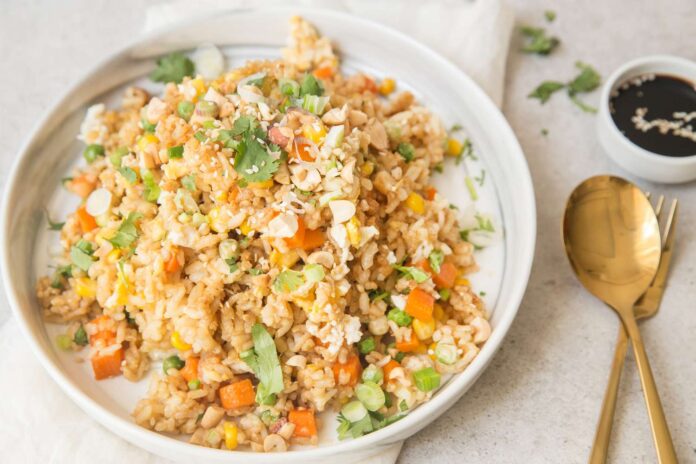
As someone who cringes at the thought of wasting food, discovering past-its-prime leftovers in the fridge is a real bummer. It’s a scenario many of us know too well, especially when it comes to rice from last night’s takeout. If you’ve ever found yourself promising to deal with it “in a few days,” only to discover it’s too late, you’re not alone. The truth is, rice has a sneaky way of going bad quicker than we expect, but understanding its shelf life can save us from unpleasant surprises—and potential health risks.
Understanding Rice’s Shelf Life
So, how long can we keep our beloved rice before it’s time to part ways? The answer might surprise you. While we might hope our leftover rice will last as long as that seemingly immortal bottle of ketchup, reality begs to differ. Most rice varieties have a shelf life of just four days in the refrigerator. This rapid spoilage is due to bacteria, specifically Bacillus cereus, a microbe that thrives in soil and dust and can survive the cooking process by forming protective spores.
Why Rice Can Be Risky
The danger of these bacteria lies in their ability to switch from dormant spores to active, toxin-producing cells once they’re no longer subjected to high temperatures. Consuming rice contaminated with these toxins can lead to foodborne illnesses, characterized by unpleasant symptoms such as vomiting, diarrhea, nausea, and stomach cramps, usually appearing six to 15 hours after consumption.
Storing Cooked Rice Safely
To avoid any rice-related regrets, follow these guidelines for storing cooked rice:
- Store rice in an airtight container in the refrigerator and consume within four days.
- For longer storage, freeze cooked rice in a tightly sealed container.
- Never leave cooked rice at room temperature for more than two hours.
- Reheat rice to an internal temperature of at least 165°F to kill any potential bacteria.
Remember, the key to safely enjoying leftovers is not just how you store them, but also how they were cooked and cooled initially. Proper handling from pot to plate ensures that your rice remains a safe and delicious part of your meals.
Final Thoughts
As tempting as it is to keep leftovers for as long as possible, understanding the delicate balance between food safety and food waste is crucial. With the right knowledge and practices, you can enjoy your rice without worry. Next time you find yourself with extra grains, remember these tips to ensure your leftovers are both delicious and safe. Got any rice-saving tips of your own? Share your thoughts and experiences in the comments below, and don’t forget to explore more articles for healthy living inspiration!
Subscribe to our newsletter for more insightful articles.










